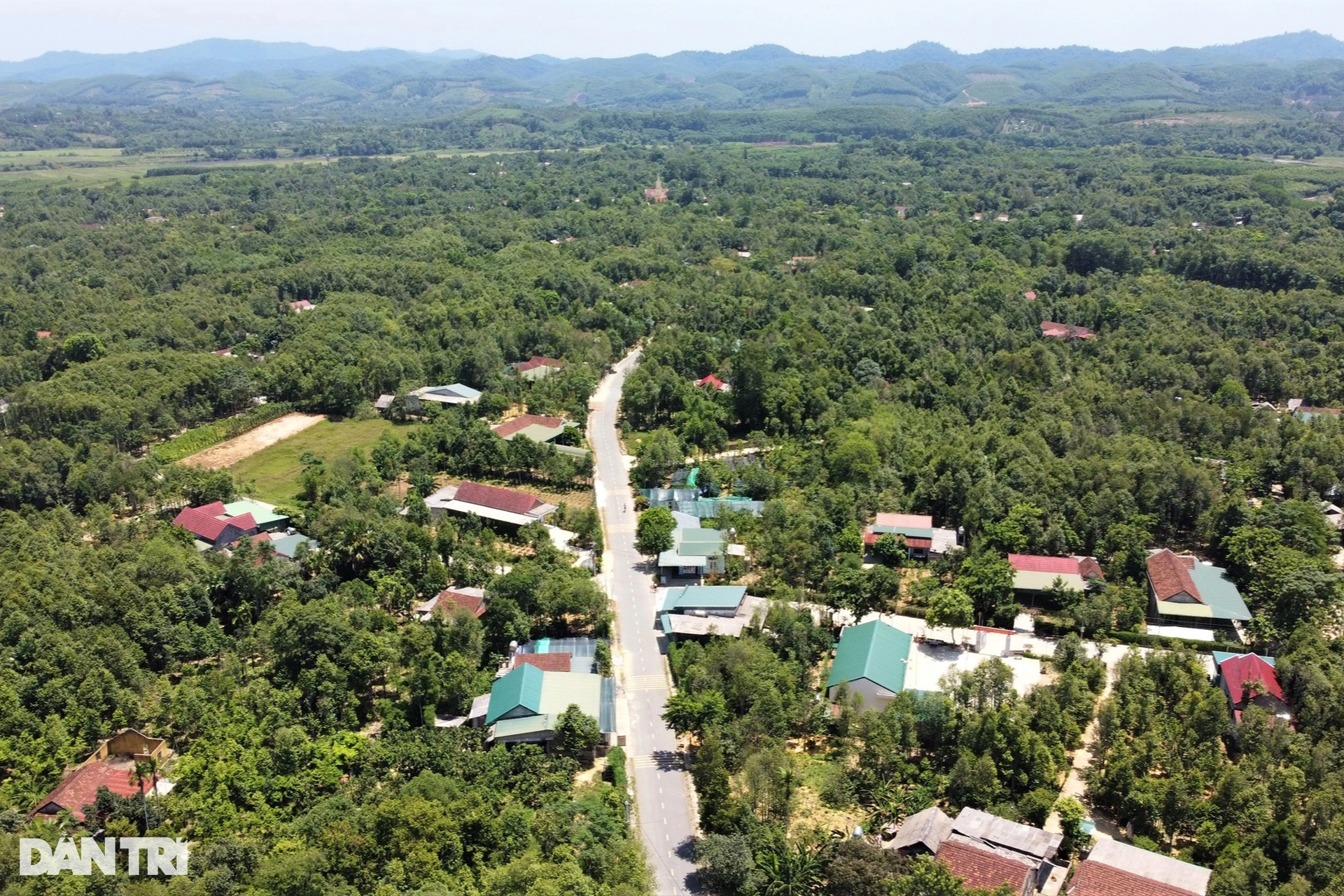
For decades, Phuc Trach commune (Huong Khe district, Ha Tinh ) has been known as the capital of Aquilaria crassna (also known as Aquilaria crassna, Aquilaria crassna, Agarwood). In this locality, 100% of households grow Aquilaria crassna. Seen from above, this tree species with an average height of 6-20m covers the gardens of people's houses.
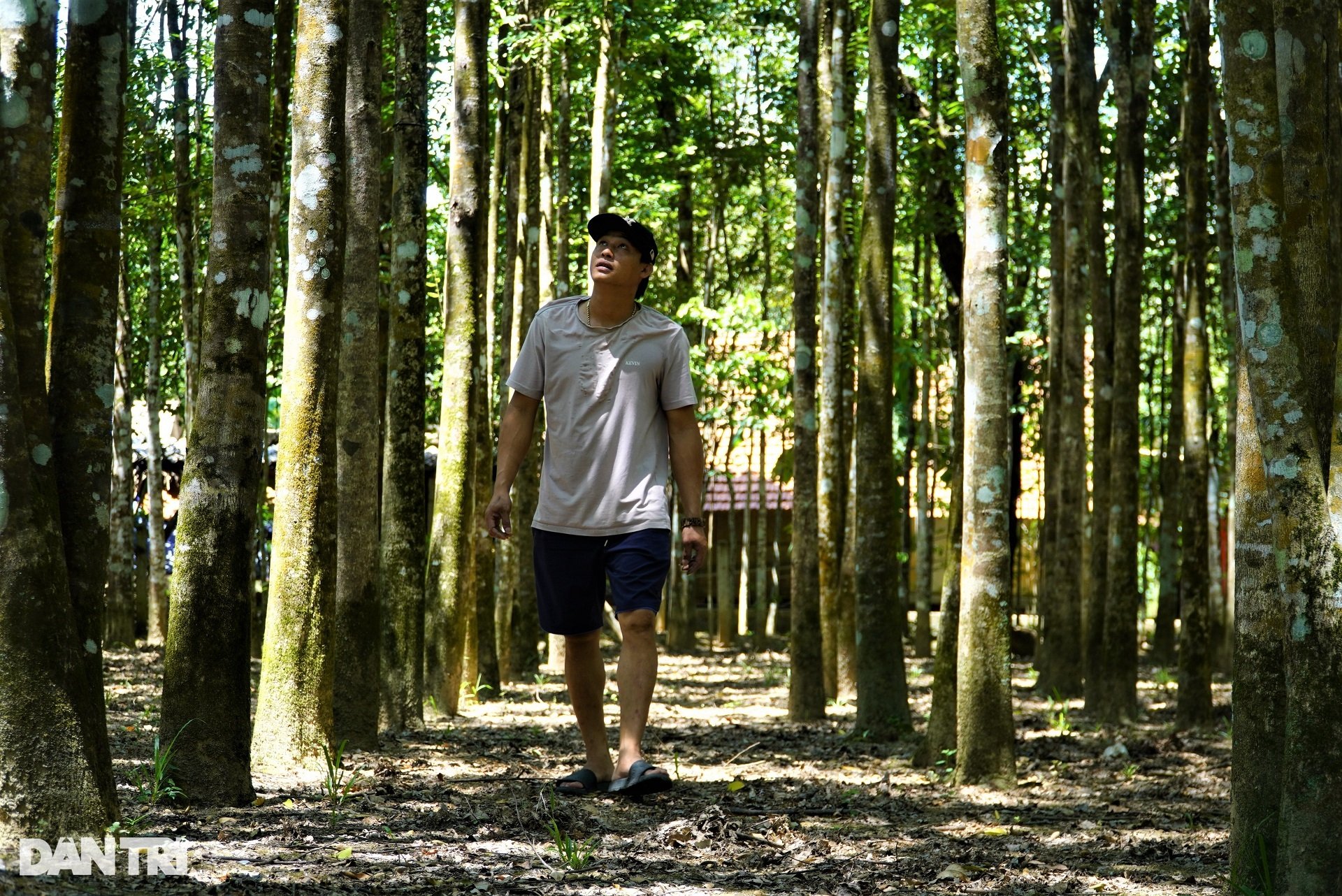
According to many people, the soil and climate here are suitable for agarwood trees to grow abundantly, and if planted, they will be easy to care for and develop well. In the past, people did not know the value so they often cut them down to get wood to build houses. Until around the 1980s, many traders from Thua Thien - Hue, Da Nang , and Quang Nam came to buy. Since then, local people have gradually recognized the high value of agarwood trees.
Changing lives thanks to a plant that brings in billions of dollars in revenue each year ( Video : Duong Nguyen).
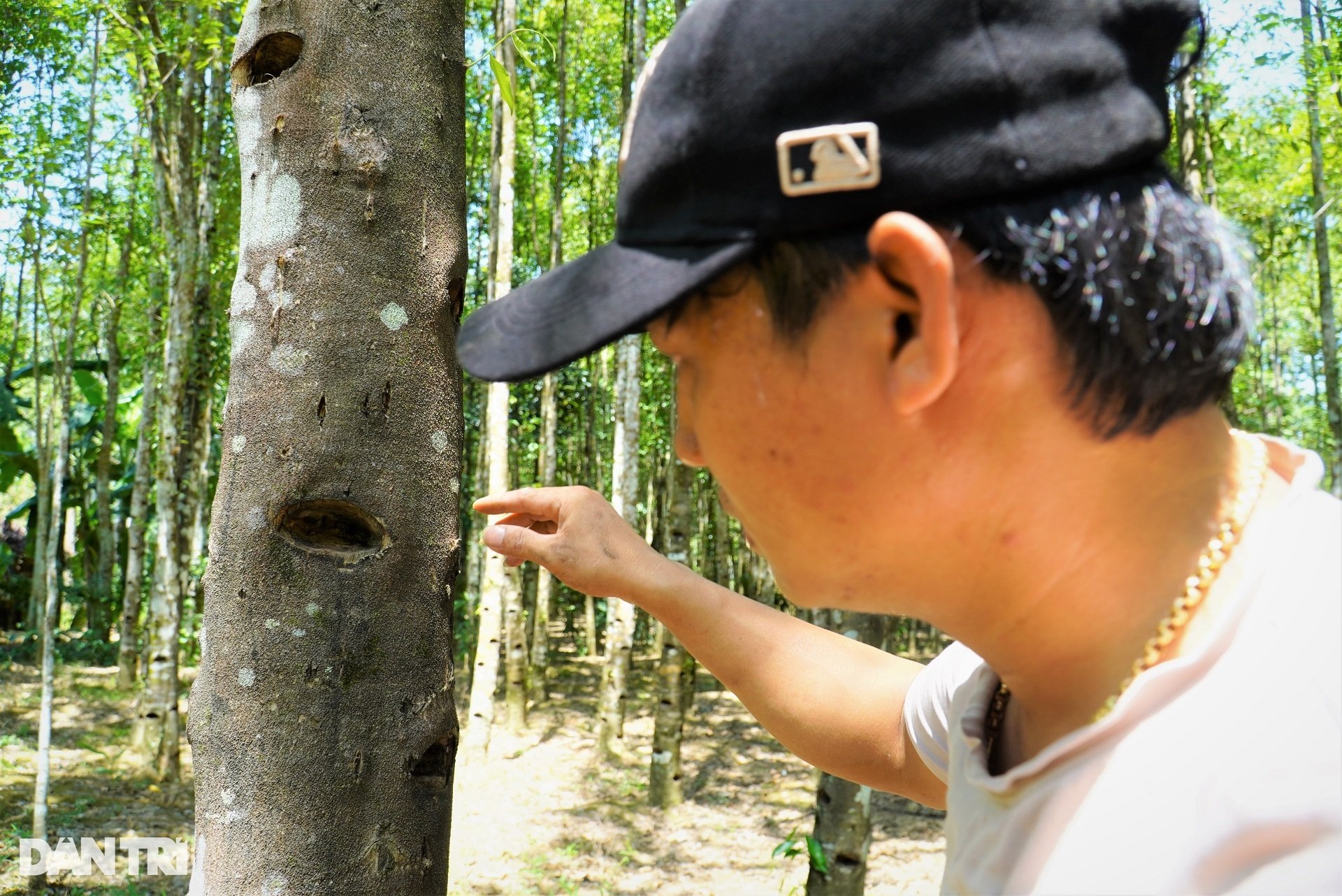
Agarwood is a part, a wounded area of the Aquilaria tree. In nature, the wound area that creates agarwood is due to a broken tree trunk, ants or insects. In the agarwood exploitation area, this wound is often caused by physical impact from humans such as chiseling, drilling, gouging... The wound secretes pus combined with climate and soil factors to form an oil layer.
Over time, the accumulated oil from the tree trunk forms agarwood with a characteristic scent. Local residents' experience shows that a tree that produces agarwood must be at least 10 years old before it can be exploited.
In addition to planting, many households in Phuc Trach also open agarwood product processing facilities at home. The work requires meticulousness and meticulousness. The family of Ms. Nguyen Thi Lan (33 years old, village 8, Phuc Trach commune) has more than 7,000 square meters of land growing agarwood trees, including trees worth hundreds of millions of VND when they reach the age of dozens of years.
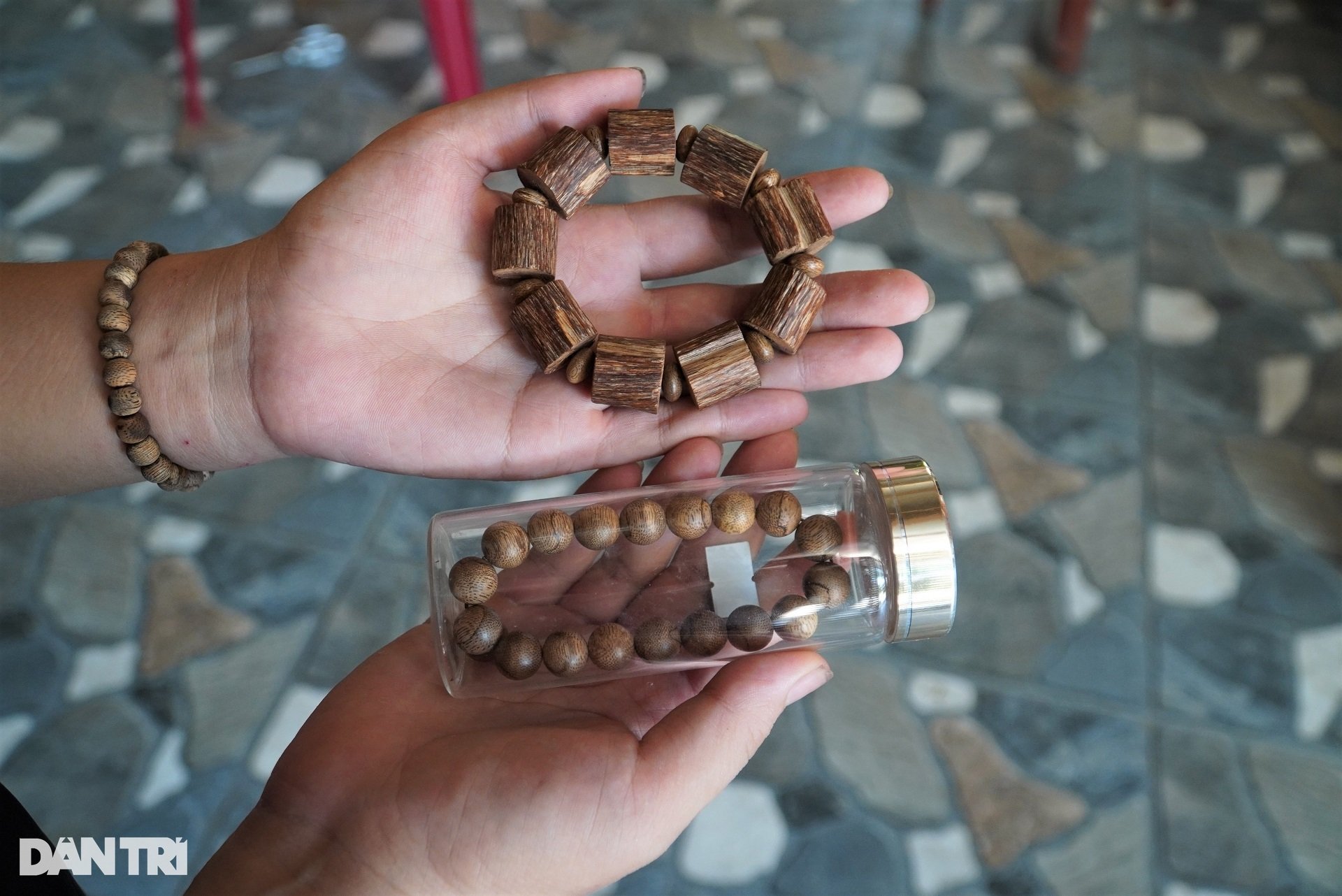
"The family also makes products such as agarwood bracelets, incense sticks and other products from tree trunks without chemicals for domestic and foreign traders to use as medicine, shampoo and perfume. Each year, we earn 400-500 million VND," Ms. Lan shared. In the picture is a bracelet, priced from 1.5 to 8 million VND.
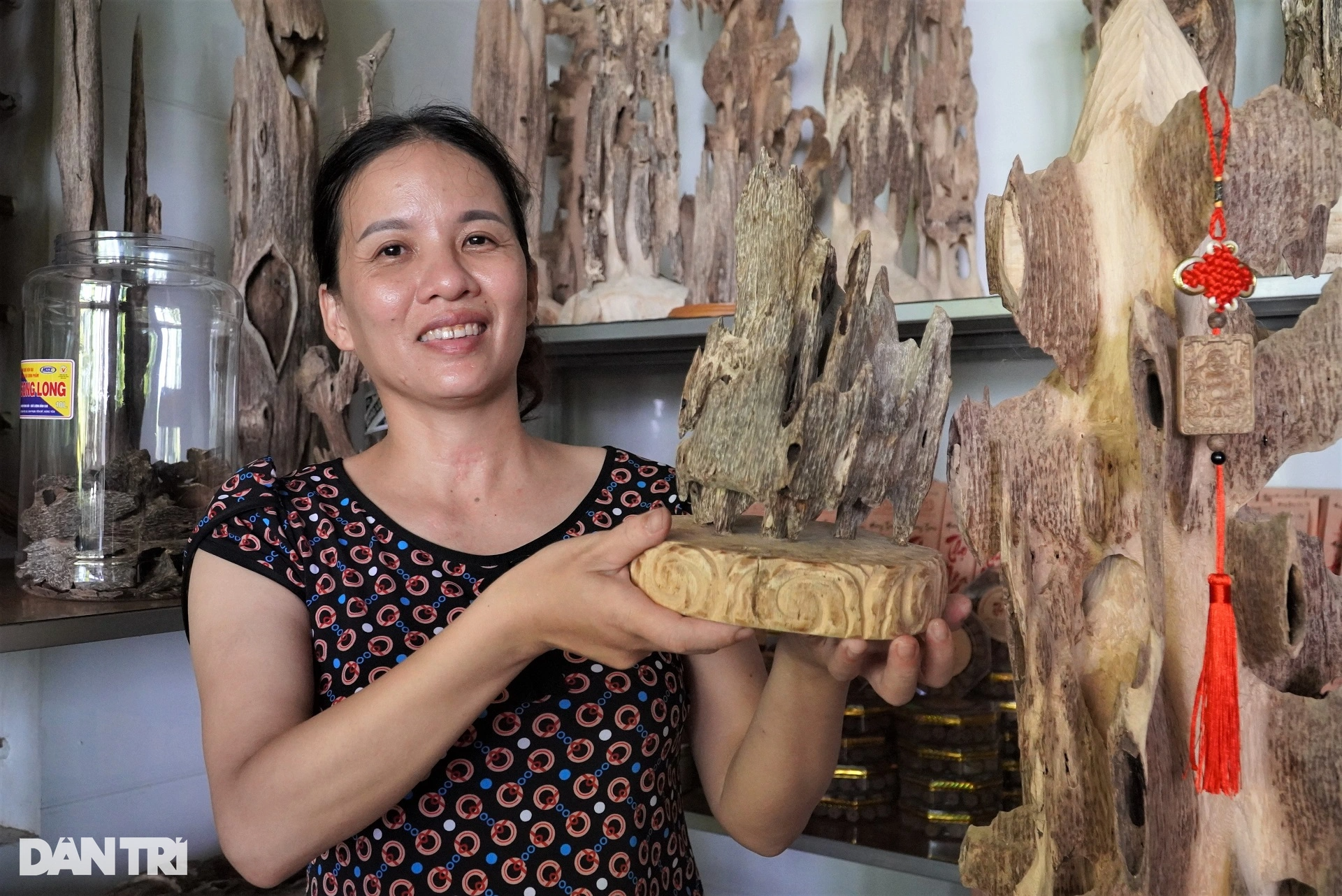
Ms. Vo Thi Nga (47 years old, village 8, Phuc Trach commune) said that her husband's family has had a tradition of growing agarwood trees and making agarwood products for nearly 40 years.
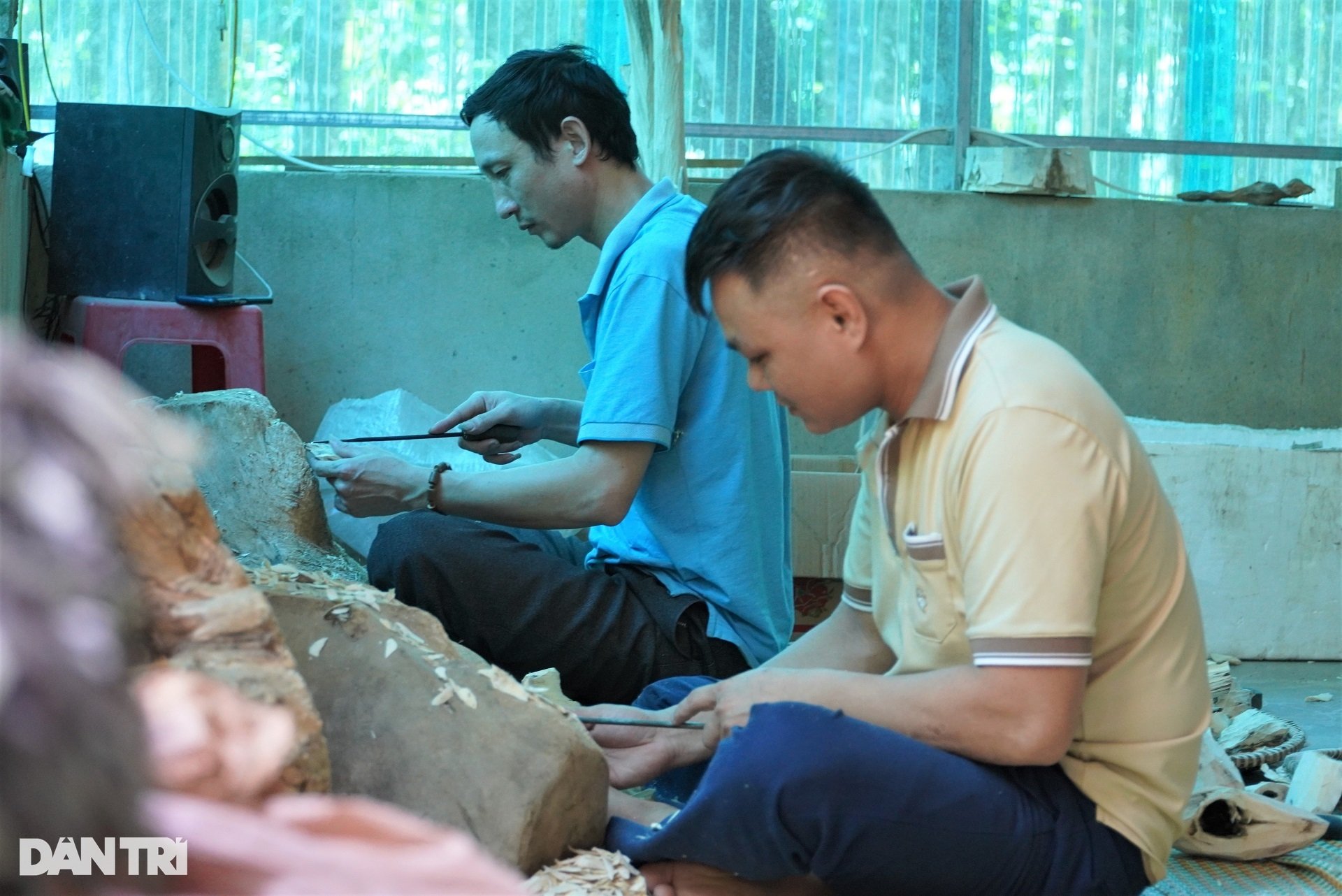
Ms. Nga's family's agarwood production and trading facility is creating jobs for 8 workers.
"We specialize in manufacturing and supplying incense, agarwood cones, agarwood pieces, agarwood ornaments, and agarwood bracelets of all kinds," said Ms. Nga.
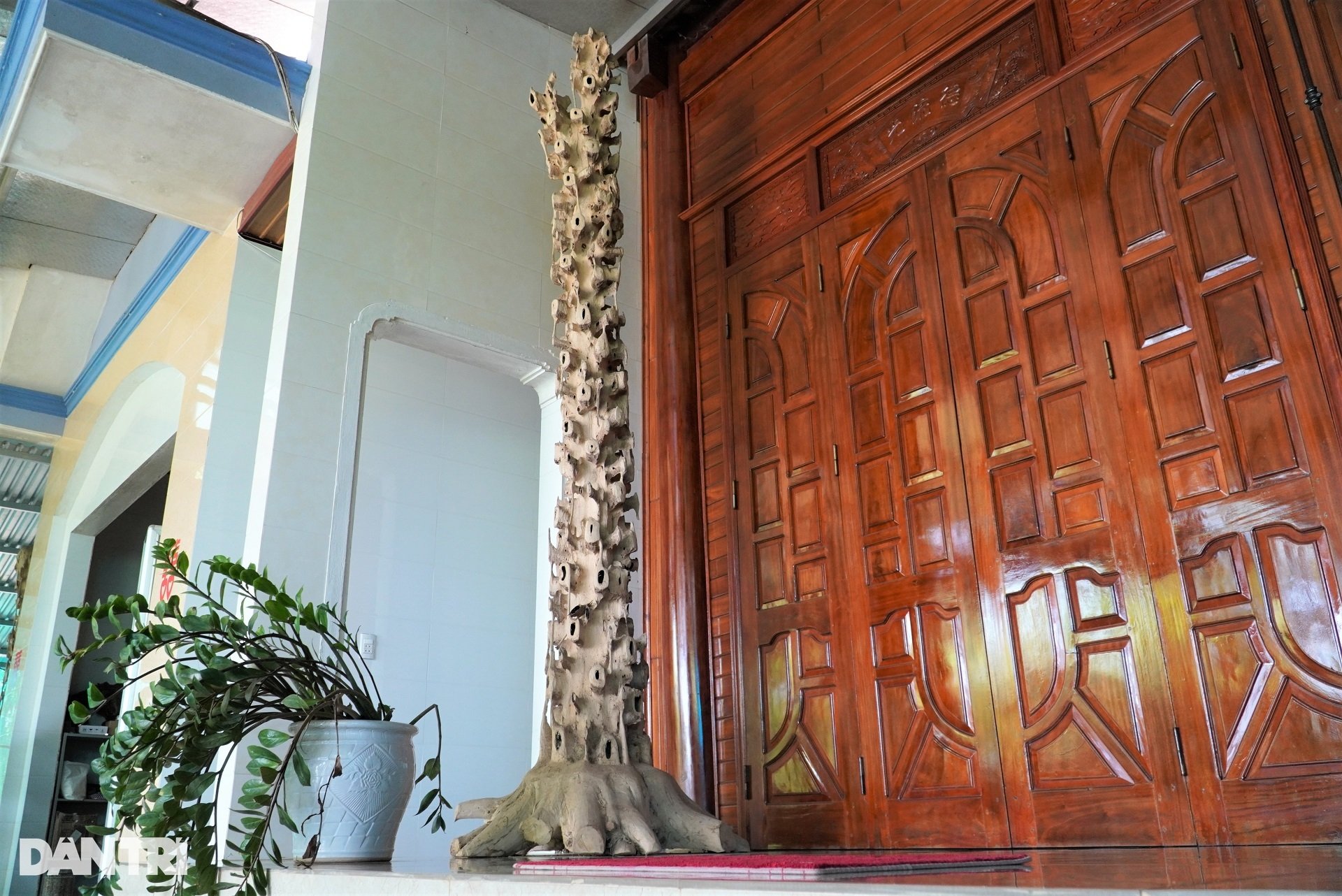
According to folk beliefs, using agarwood products means bringing luck, success in business, good health and family peace. Understanding that need, Ms. Nga's family opened a facility to process agarwood roots into unique, eye-catching products to serve customers to buy and display in their homes. The product in the picture costs up to 150 million VND.
"That's not the most expensive product, we once sold a decades-old agarwood root, which had been crafted for 300 million VND. Many customers from Hanoi, Ho Chi Minh City, Quang Binh, Hue, and even foreigners are willing to spend money to buy expensive agarwood products to put in their homes for good luck or to give as gifts. Products from agarwood trees of Phuc Trach commune are popular with customers because of their sweet, gentle scent," said Ms. Nga.
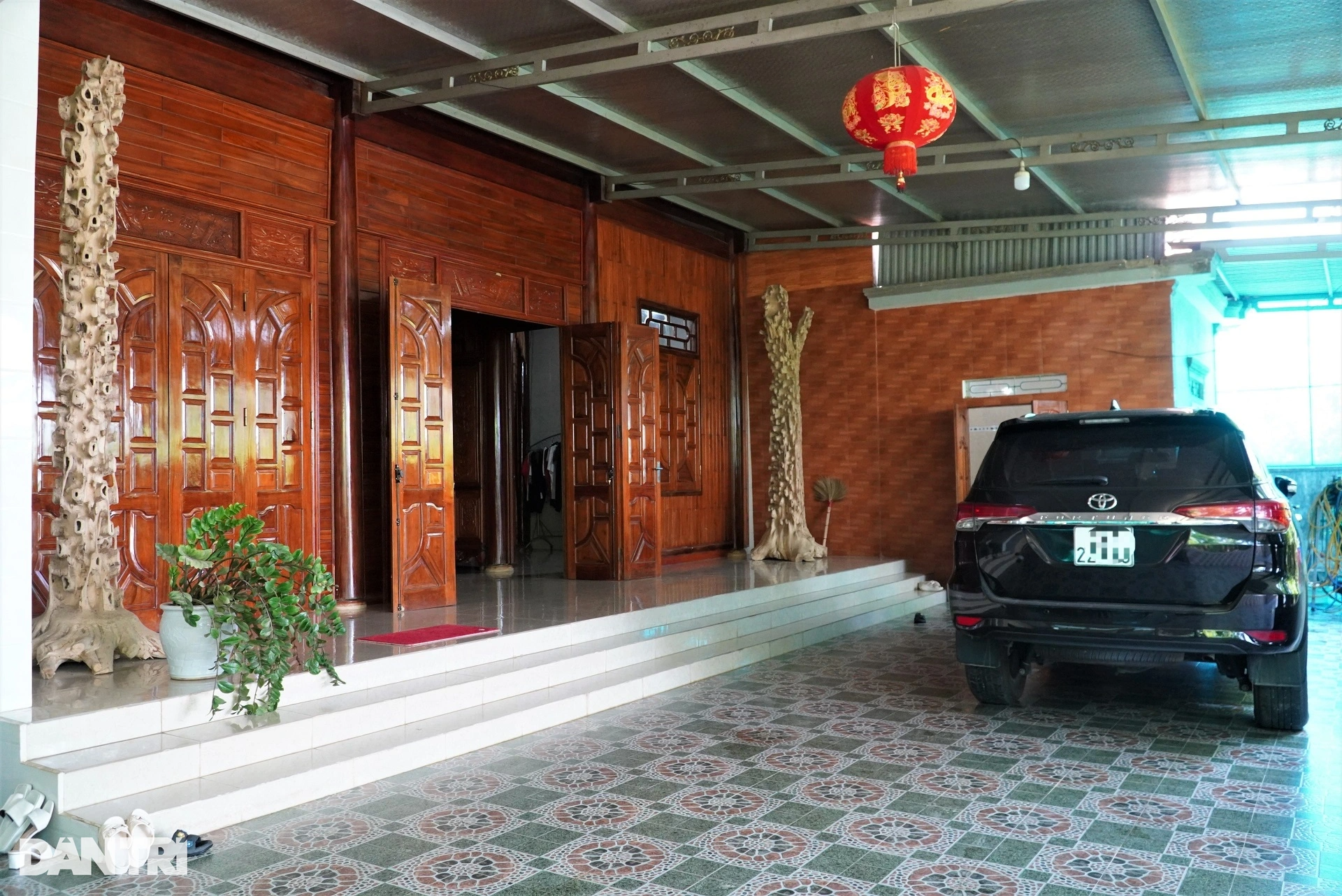
Thanks to agarwood trees, households in Phuc Trach commune have escaped poverty and changed their lives. They have money to educate their children, build nice houses, and buy cars.
According to Ms. Pham Thi Hanh, Vice Chairwoman of the People's Committee of Phuc Trach Commune, Aquilaria trees are planted in communes of Huong Khe District for natural and artificial agarwood. However, according to practical experience, Aquilaria trees planted in Phuc Trach Commune have a high proportion of natural agarwood, so the economic value is also much higher than those planted in other areas.
Therefore, all 1,700 households in Phuc Trach grow agarwood trees on an area of over 350 hectares. Thanks to that, the average income per capita of the locality in 2022 reached 56.4 million VND. In 2023, it is expected to reach an average income of 58.1 million VND/person. The development of agarwood products will be valuable goods to serve tourists in the locality's tourism development roadmap.
Source link


![[Photo] Nearly 3,000 students moved by stories about soldiers](https://vphoto.vietnam.vn/thumb/1200x675/vietnam/resource/IMAGE/2025/5/17/21da57c8241e42438b423eaa37215e0e)



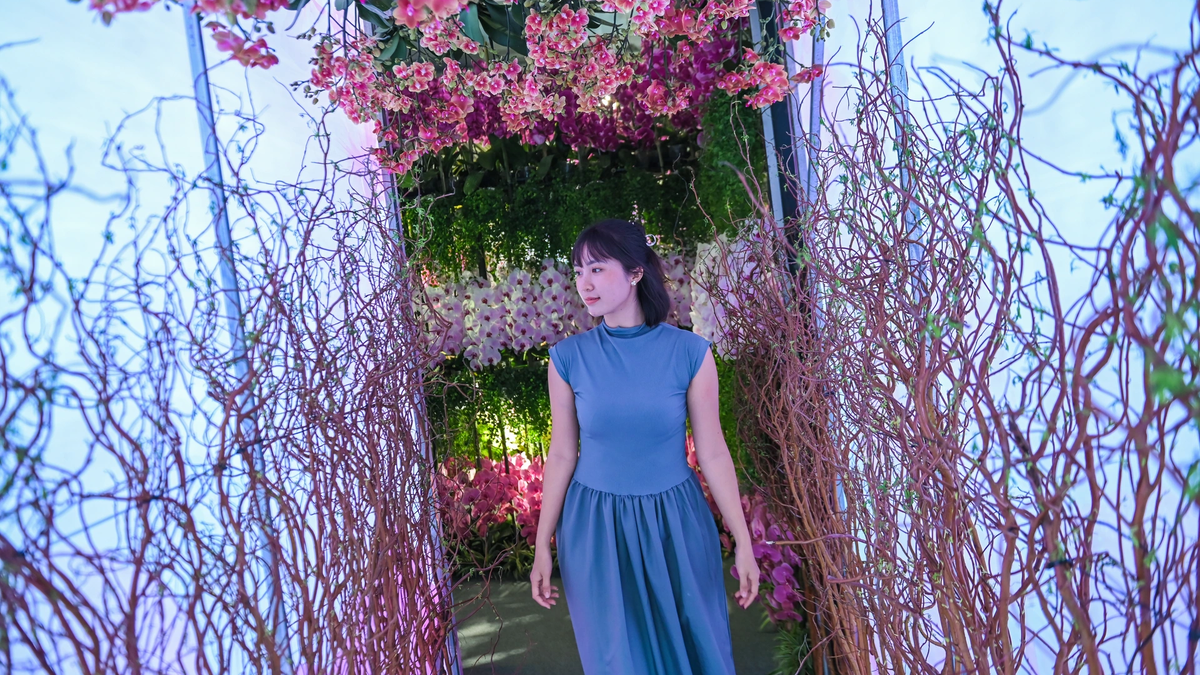
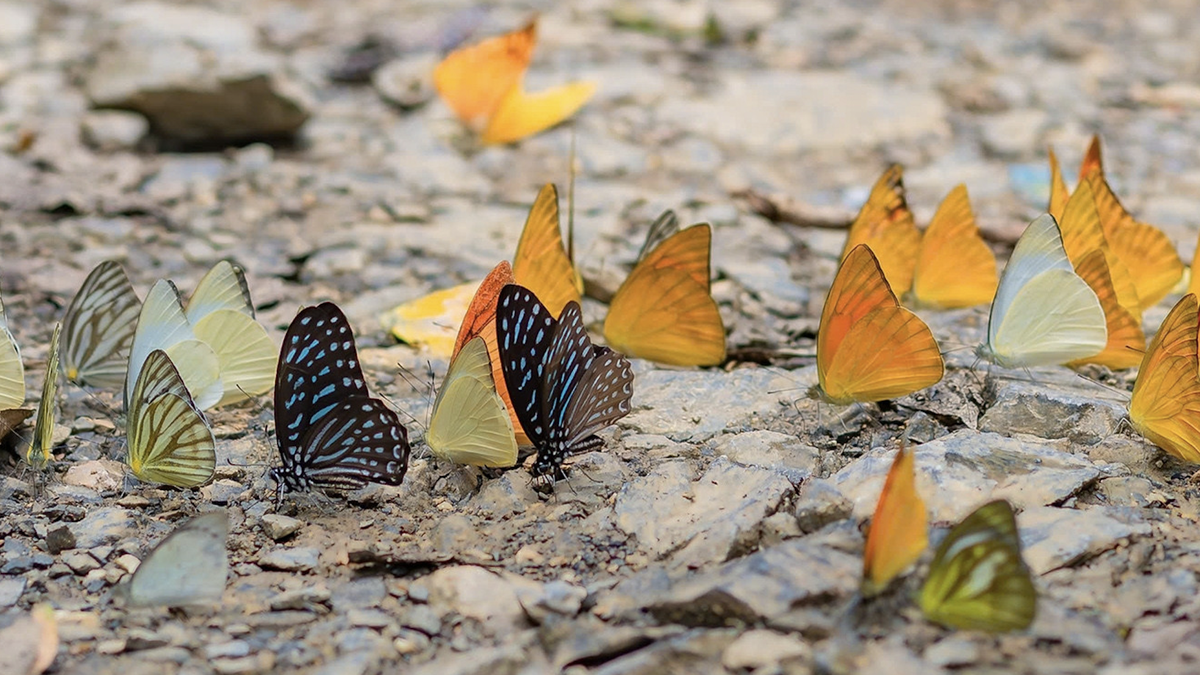
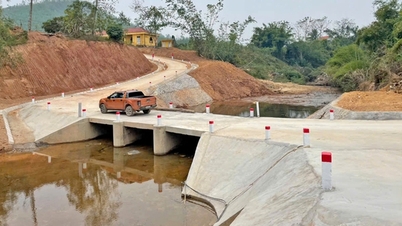







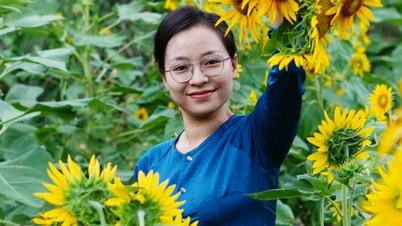






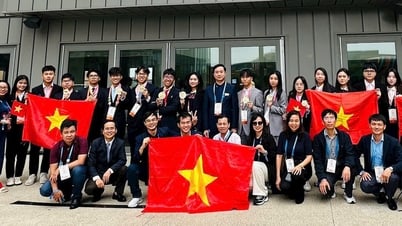

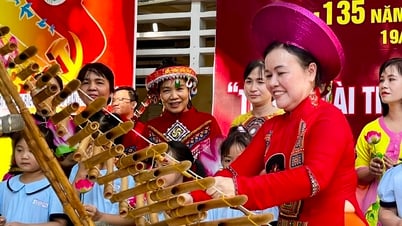






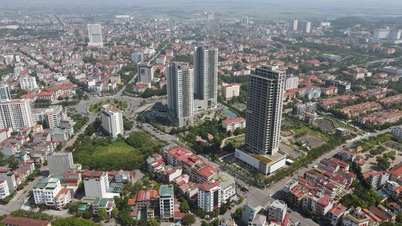



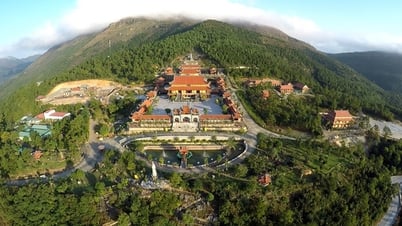

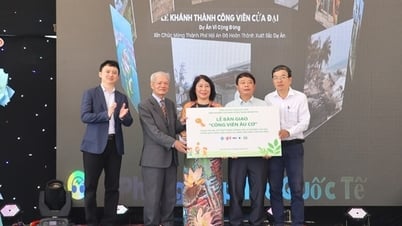





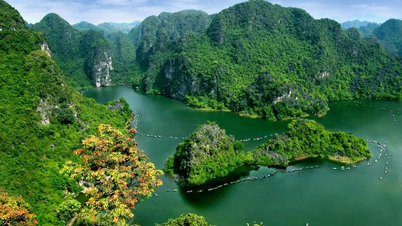

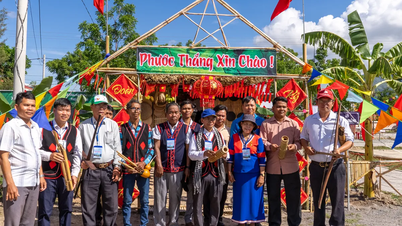



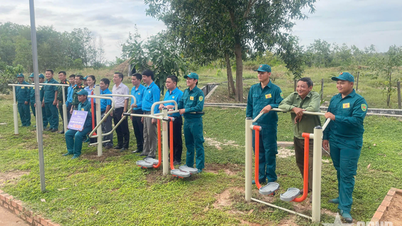



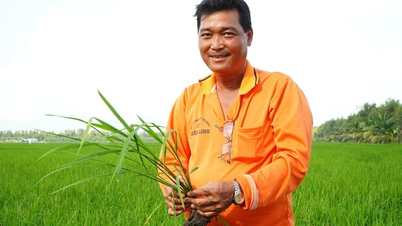













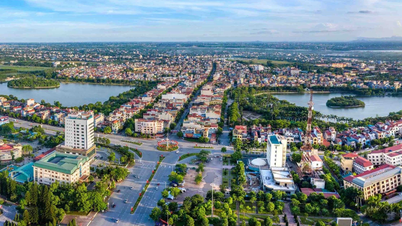






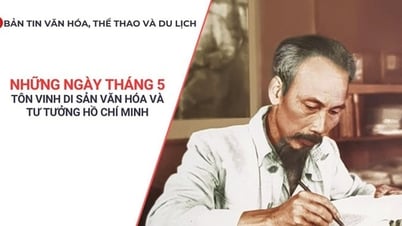

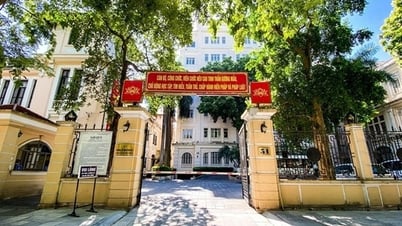
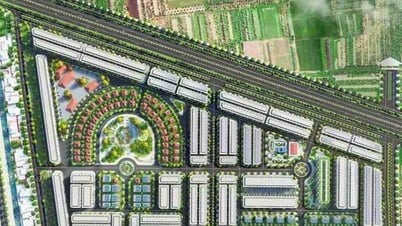

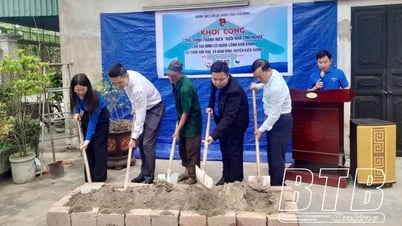



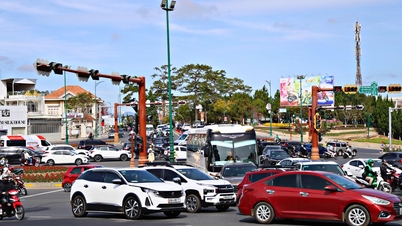





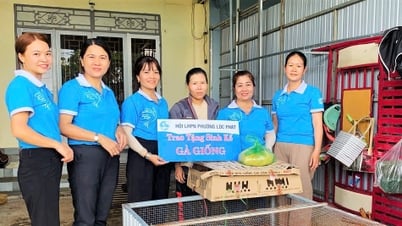









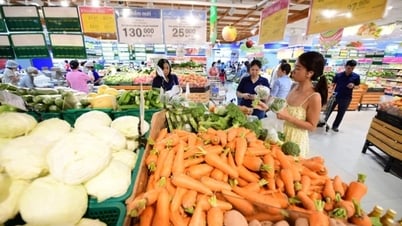

Comment (0)